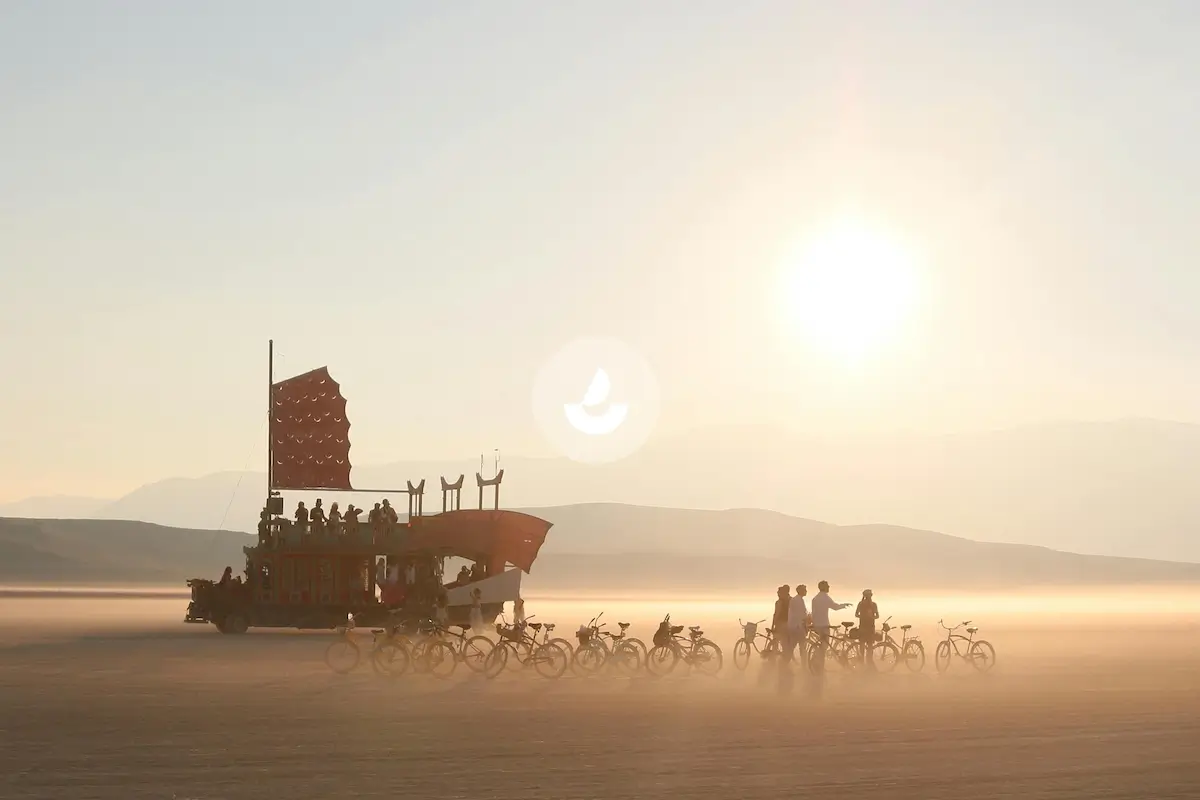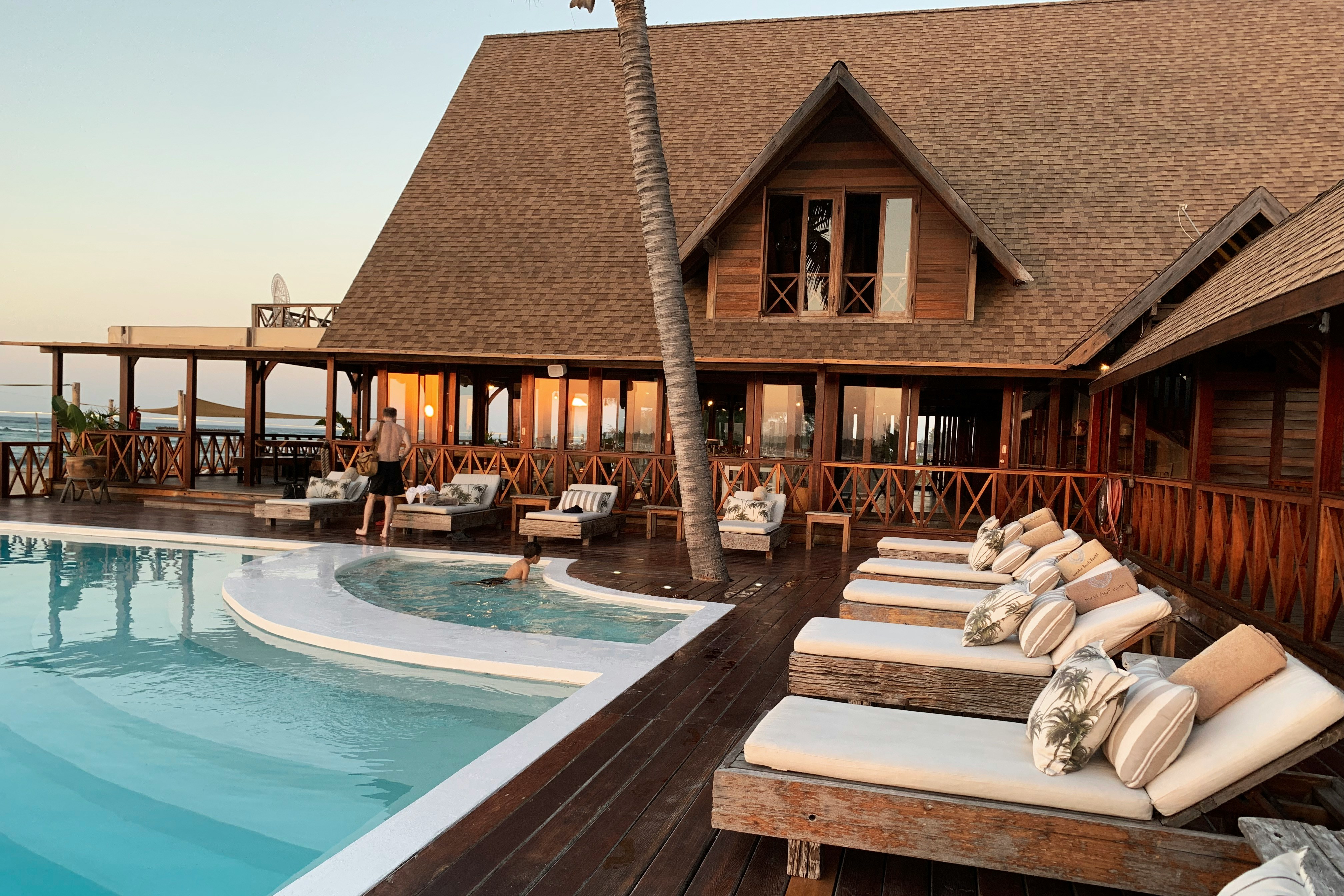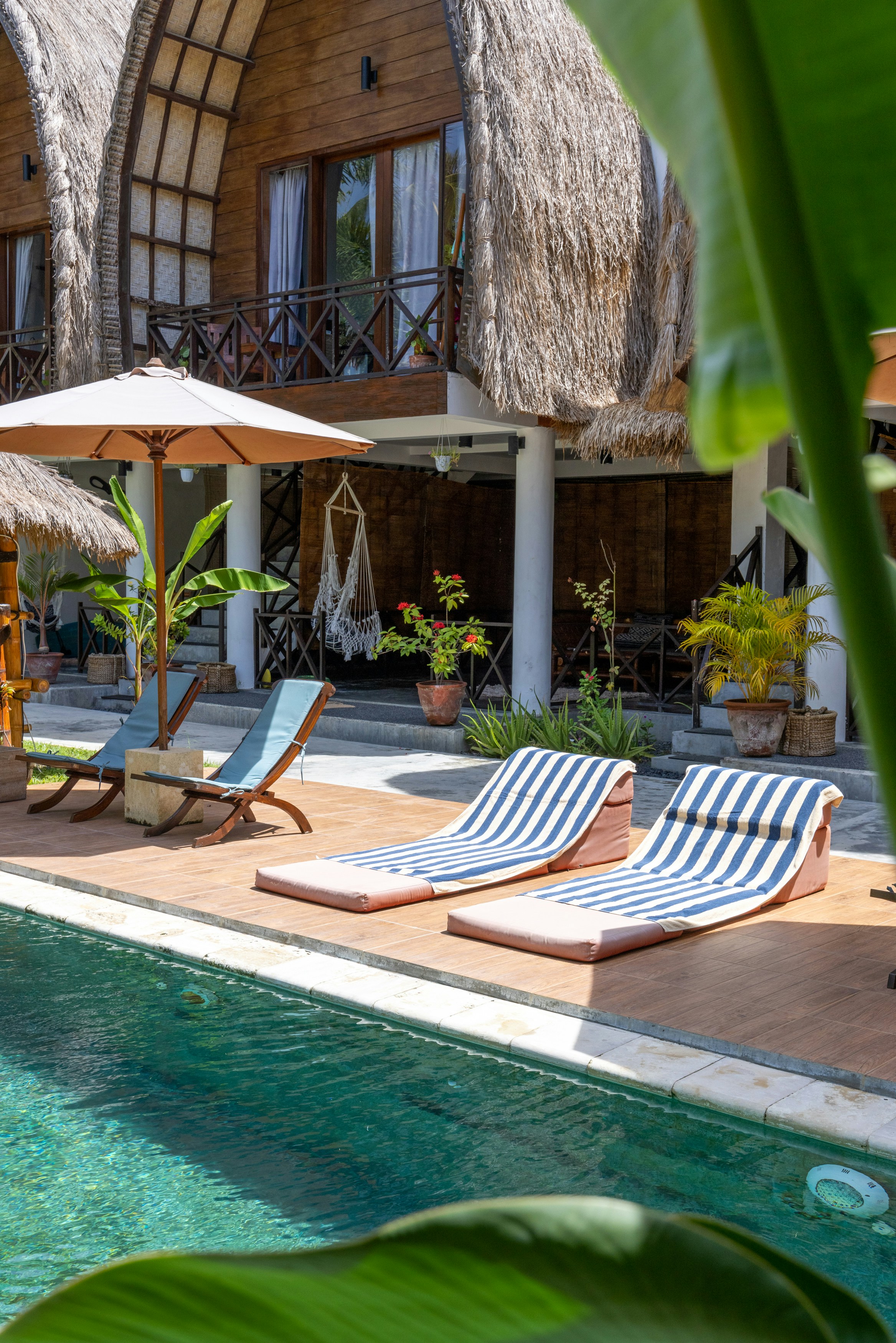Skull Tower
Skull Tower things to do, attractions, restaurants, events info and trip planning
Plan your stay
Posts
A 14 minute drive east from Bubanj is Skull Tower; one of the most haunting monuments in the world. The rule of the Ottoman empire over Serbia was not pleasant to say the least and the Serbian people were not just going to sit back and do nothing. In Belgrade, we saw the monument to Karađorđe. He was responsible for the First Serbian Uprising in 1804. This proved to be unsuccessful. In May of 1809 was the Battle of Čegar, here in Nis. Trenches were dug for Serbian soldiers to charge the Ottomans. On Čegar Hill, Vojvoda (Duke) Stevan Sindjelic, the leader of this uprising dug a trench for him and his 3,000 loyal soldiers. This trench was closest to the Turks. On May 31st, the much larger Turkish army took over the trench. Sindjelic realizing no help was coming and not wanting to give the Ottomans the satisfaction of killing his men, took out his gun and blew up the gun powder reserves which created a great explosion that blew up the remaining Serbians in the trench and many of the Ottomans as well. In this trench and the area nearby 4,000 Serbs and 10,000 Turks were killed. Even with this advantage the Serbian forces withdrew their troops. But that wasn't enough for the Ottomans. The Ottoman commander ordered his men to decapitate the dead Serbians, skill their skulls, fill them with cotton and send them to the Sultan Constantinople as a sign of their victory. With those skulls this horrific monument, skull Tower, was built. This tower stood at the entrance of the city of Nis as a warning sign of what tragedies would be in store for anyone trying to liberate themselves or defy the Ottoman rule. The foundations of the chapel began in 1894. A plaque dedicated near the chapel in 1904 reads: "To the first Serbian liberators after Kosovo." The chapel was renovated in 1937 and a bust of Sinđelić was added the following year. The Second Serbian Uprising led by Miloš Obrenović, eventually succeeded in turning Serbia as a semiautonomous state.
WITY TRAVELS
00
A morbid monument. On the outskirts of Niš stands a chapel that houses a morbid monument: the Ćele Kula or Skull Tower. During the First Serbian Uprising (1804-1813), the Serbs lost the Battle of Čegar on 31 May 1809. In order not to fall into the hands of the Ottomans, Stevan Sinđelić blew up the Serbian gunpowder supply, killing all of his own soldiers and some of the Ottoman attackers. Hurshid Pasha, the Ottoman commander, ordered that a tower of severed Serbian skulls be built to deter future uprisings. Thus, the 4.5-metre-high Skull Tower was created, with a total of 952 skulls bricked into it. After the Ottomans withdrew from Niš, the tower was partly destroyed. Between 1892 and 1894, the chapel was built around the tower for protection. Many families have taken a skull from the tower to bury it, so that of the original 952 skulls, only 58 remain. The presumed skull of Stevan Sinđelić is kept under a glass dome. A morbid, yet interesting piece of Serbian history!
Koen
00
Visiting the Skull Tower in Niš, Serbia, was a haunting yet profoundly impactful experience. Built in 1809 by the Ottoman Empire using the skulls of fallen Serbian rebels, the tower stands as a chilling reminder of the region’s turbulent history. Approaching the site, I was struck by a solemn atmosphere that seemed to hang heavy in the air. The weathered stones and hollow skull cavities silently told stories of sacrifice, bravery, and defiance. Inside the chapel enclosing the tower, the dim lighting heightened the eerie ambiance, making it impossible not to reflect on the brutal past. Despite its grim origins, the Skull Tower symbolizes resilience and national pride for the Serbian people. It reminded me of the enduring human spirit even in the face of oppression. Walking away from the site, I felt both moved and inspired by the historical weight it carries and the lessons it imparts about freedom and courage.
Cosmin Gabriel Paunescu
00
A sad and impressive place about Serbian heroism and sacrifice in their fight for freedom ! For additional information, you should visit also, for free, Digital Presentation Center, near ticket office, in the same house, but in a separate room. From here, you can buy brochures in English and some souvenirs too. Entrance ticket (one adult, no discount) is 200 dinars, payable in cash. From NIS city center to this place and back, you can take bus no. 10. One ticket is 60 dinars, payable in cash, in the bus. Cele Kula (Skull Tower) is the last stop. Working hours are from 10 to 16 during entire week (except on Monday, when it's closed) and 10 to 15 in weekends. Only pictures from outside were added in this review, but photos can be taken also inside ; in my opinion, this is a place for remembrance, respect and commemoration, not for taking selfies and photo ratings.
Catalin M
00
This is a unique and grim monument built in 1809 by the Ottoman Empire as a warning to the Serbs during their struggle for independence. It was constructed using the skulls of Serbian rebels who perished in the Battle of Čegar. Originally, the tower contained 952 skulls embedded in its walls, arranged in 14 rows across its four sides. Standing at 4.5 meters high, the tower was intended to showcase Ottoman dominance, but it has since become a symbol of Serbian resistance and a testament to the country's fight for freedom. Over time, many skulls were removed by families or lost to decay, and today, only 58 remain in the tower. The tower is now enclosed within a chapel built in 1892, and it serves as both a historical site and a memorial.
Marina S
00
If you are in Niš or planning a visit to this city, Ćele Kula is an unmissable destination. I recommend that you dedicate time to this monument, in order to better understand the rich history of Serbia and feel deep respect for the heroes of the past. After the bloody battle on Cegro, the Ottomans collected the skulls of the killed Serbs and installed them in the walls of the tower, as a symbol of fear and a message not to oppose the Ottoman government. The organization of the museum is at a high level, with friendly staff who are ready to answer questions and provide additional information. The area around the tower is nicely decorated, with benches and greenery that provide a place for rest and reflection.
Anđelka Jovanović
00
Nearby Attractions Of Skull Tower
Mediana
Seličevica

Mediana
4.4
(373)
Click for details

Seličevica
4.8
(24)
Click for details
Basic Info
Address
Bulevar Dr Zorana Đinđića, Niš, Serbia
Map
Phone
+381 18 222228
Call
Website
narodnimuzejnis.rs
Visit
Reviews
Overview
4.6
(2.3K reviews)
Ratings & Description
cultural
accessibility
Description
Skull Tower is a stone structure embedded with human skulls located in Niš, Serbia. It was constructed by the Ottoman Empire following the Battle of Čegar of May 1809, during the First Serbian Uprising.
attractions: Mediana, Seličevica, restaurants:

- Please manually select your location for better experience




